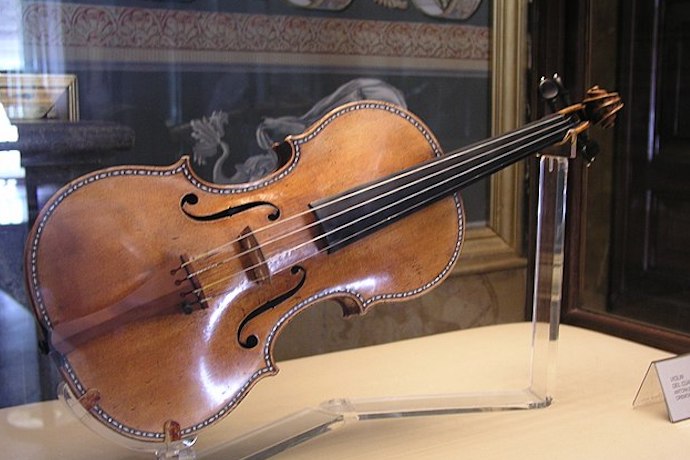
Photo Credit: Håkan Svensson
In 1714, the Italian violinist Giuseppe Tartini discovered that, when playing two notes simultaneously, he could hear a third sound. Later named a combination tone because its frequency was a mix of the frequencies of the two original tones, it was long thought to be a trick of the ear canal.
Now, however, it transpires that the sound is real, and that higher quality violins produce it more strongly.
In an experiment undertaken at the University of Florence in Italy, Professor Giovanni Cecchi and his colleagues analysed recordings of a professional violinist playing pairs of notes on five violins of different age and quality. Using a computer, they found that all violins produced these combination tones, but that the oldest instruments produced the strongest ones – about 75% more strong than those of a modern mass-produced instrument.
Jim Woodhouse at the University of Cambridge said that the experiment suggested that combination tones come from the way that air vibrates and mixes inside the violin – which is affected by the shape of the violin. So, because high-quality instruments are shaped more precisely, the combination tone that emanates from them is more focused. Speaking to the New Scientist, he said, ‘It wouldn’t be difficult to find high-quality contemporary violins that would show this effect just as strongly.’
According to Cecchi, the team now hope to investigate exactly which part of the instrument is responsible for combination tones. ![]()